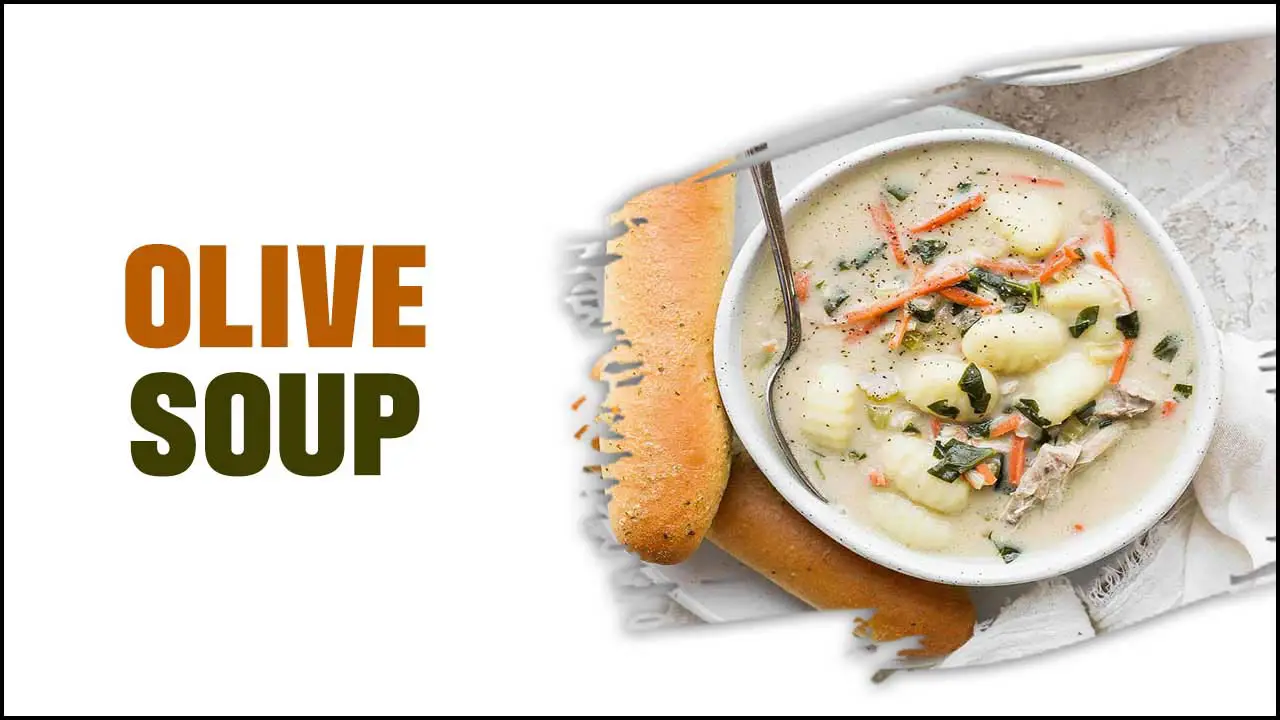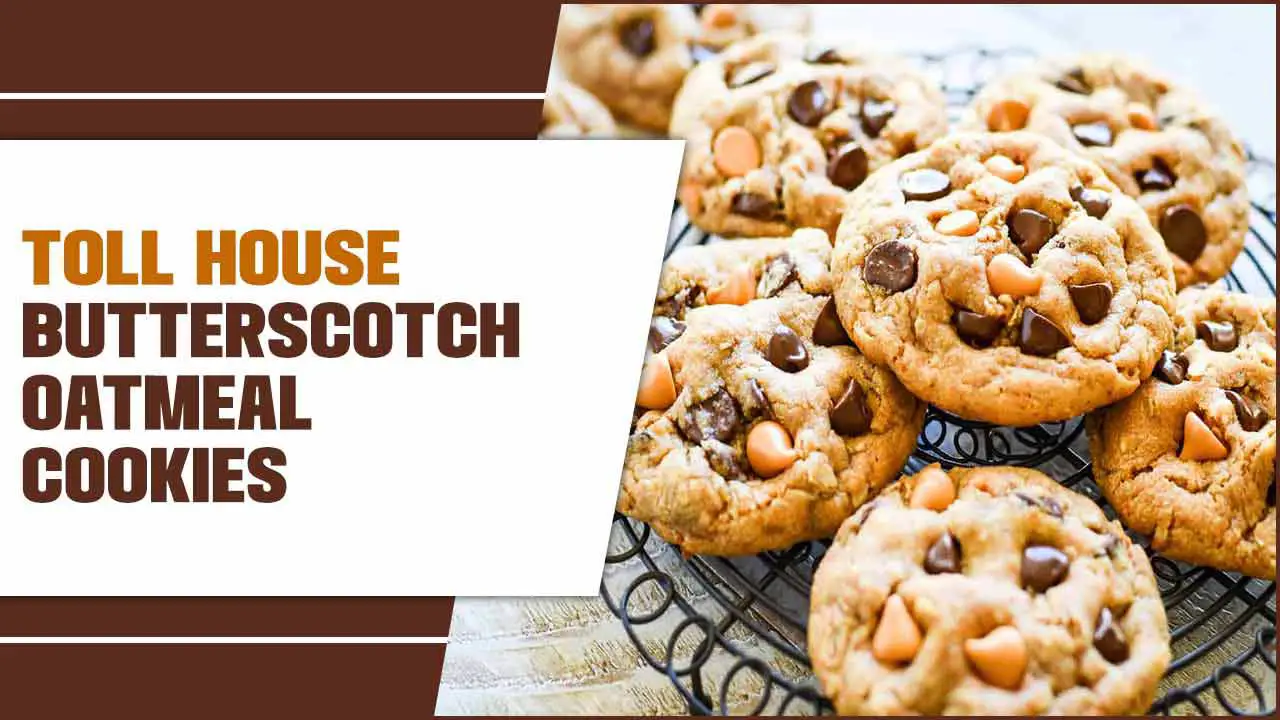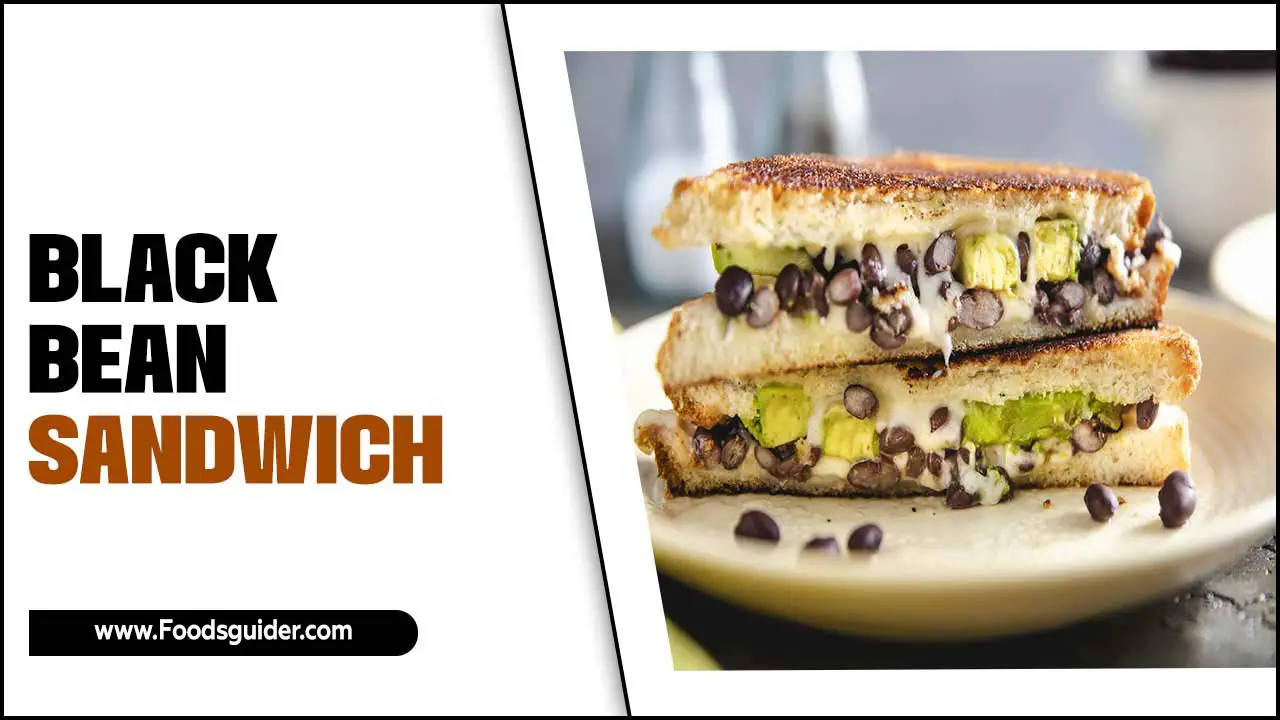Quick Summary: Perfect typography for your foodie brand creates a delicious first impression! Choosing the right fonts visually communicates your brand’s flavor, making your food look more appealing and memorable. We’ll uncover simple secrets to make your foodie brand stand out.
Ever scroll through gorgeous food photos online and feel instantly hungry? A big part of that magic is in how the words look! For a foodie brand, the fonts you use are like the spices in your favorite dish – they add flavor and personality. Sometimes, picking the right “look” for your brand’s name can feel a bit tricky. But don’t worry! It’s easier than you think to make your brand’s text as inviting as your best recipe. We’ll guide you through simple secrets to make your foodie brand’s typography absolutely delicious!
Ready to make your brand’s words as mouthwatering as your food? Let’s dive into the delightful world of typography for your foodie brand!
Why Typography Matters for Your Foodie Brand
Think of your brand’s typography as its handshake. It’s often the very first thing a potential customer sees. For a foodie brand, this means your fonts need to do more than just be readable; they need to feel right. They should hint at the taste, the mood, and the experience you offer, whether it’s a cozy cafe, a vibrant street food truck, or an elegant restaurant.
Good typography can:
- Evoke Emotion: A bold, playful font might suggest fun, energetic food, while a delicate script could whisper romance or fine dining.
- Set Expectations: The style of your text can tell people if your food is rustic and wholesome, modern and innovative, or comforting and traditional.
- Build Trust: Professional and well-chosen fonts make your brand look credible and trustworthy.
- Enhance Memorability: A unique and fitting font choice can make your brand instantly recognizable and easy to recall.
Using the wrong fonts can be like serving a perfectly cooked steak with ketchup – it just doesn’t quite fit! It can make your brand seem unprofessional, confusing, or even unappealing. That’s why getting the typography right is a critical ingredient for any successful foodie brand.
Decoding Font Types for Your Foodie Brand
Fonts aren’t just letters; they’re characters with distinct personalities. Understanding the main families will help you choose the perfect match for your food business. We’ll keep it simple!
Serif Fonts: The Classic & Elegant Choice
Serif fonts are those with little “feet” or decorative strokes at the end of the letterforms. Think of classic books or newspapers.
- What they convey: Tradition, sophistication, trust, authority, and a sense of history.
- Best for: Fine dining restaurants, artisanal bakeries, brands emphasizing heritage or premium quality.
- Example feel: Imagine a charming, old-world Italian trattoria or a high-end patisserie.
Sans-Serif Fonts: The Modern & Clean Choice
Sans-serif fonts are “without serifs” – they have clean, straight edges. They feel contemporary and straightforward.
- What they convey: Modernity, simplicity, clarity, approachability, and efficiency.
- Best for: Cafes, casual eateries, food trucks, health-focused brands, or anything with a clean, minimalist vibe.
- Example feel: Think of a trendy coffee shop, a quick-service healthy bowl place, or a modern burger joint.
Script Fonts: The Personal & Playful Choice
Script fonts mimic handwriting or calligraphy. They can range from elegant and flowing to casual and quirky.
- What they convey: Personal touch, elegance, creativity, handcrafted feel, or fun and whimsy.
- Best for: Wedding cakes, artisanal chocolates, boutique bakeries, or brands wanting a very personal or decorative touch. Use sparingly as they can be harder to read in large amounts.
- Example feel: Like a handwritten note from a baker or the flourish on a special occasion dessert.
Display Fonts: The Bold & Expressive Choice
Display fonts are designed to grab attention. They are often very decorative, unique, or have a strong personality.
- What they convey: Boldness, creativity, excitement, or a specific theme (e.g., retro, quirky, adventurous).
- Best for: Logos, headlines, special promotions, or brands that want to make a loud, clear statement.
- Example feel: A vibrant pizza place with a retro vibe or a dessert shop with a fun, cartoonish feel.
Choosing Your Foodie Brand’s Font Palette: Less is More!
The biggest mistake beginners make is using too many different fonts. A good rule of thumb is to stick to one or two, maybe three at most, to create a cohesive look.
The Power of Font Pairing
Pairing fonts means using two or more different fonts together to create visual interest and hierarchy. The goal is for them to complement each other, not clash.
Here are some simple pairing strategies:
- Contrast is Key: Pair a serif with a sans-serif. For example, a classic serif for your brand name and a clean sans-serif for your menu descriptions. This creates a clear distinction between important elements.
- Hierarchy Matters: Use a bolder, more decorative font for your main brand name or logo (your “hero font”) and a simpler, highly readable font for everything else – menus, website text, social media posts.
- Consider the Mood: Ensure the moods of your paired fonts align. A quirky script with a super-traditional serif might be jarring.
Font Combinations to Get You Started
Here are a few popular and effective pairings for foodie brands:
| Brand Personality | Primary Font (Logo/Headline) | Secondary Font (Body Text/Details) | Example Use Case |
|---|---|---|---|
| Elegant & Classic | Garamond (Serif) | Open Sans (Sans-Serif) | Fine dining, upscale catering |
| Modern & Casual | Montserrat (Sans-Serif) | Lato (Sans-Serif) | Trendy cafe, fast-casual restaurant |
| Artisanal & Whimsical | Pacifico (Script) | Montserrat Light (Sans-Serif) | Boutique bakery, artisanal ice cream |
| Bold & Fun | Lobster Two (Display/Script) | Roboto (Sans-Serif) | Fun pizza joint, dessert shop |
Experimenting with font pairings is like trying new ingredient combinations – sometimes the most unexpected matches create the most delicious results! Tools like Google Fonts offer a vast library of free, high-quality fonts that you can easily explore and test together.
Font Characteristics to Consider for Food
When you’re choosing fonts for a foodie brand, think about the sensory experience of the food itself:
- Readability Above All Else: This is non-negotiable! If people can’t easily read your menu or your brand name, they’ll get frustrated. For body text (like descriptions on a menu or website), always opt for clear, simple sans-serif or highly legible serif fonts.
- Weight & Thickness:
- Light Weights: Can feel delicate, airy, or sophisticated. Good for desserts or subtle branding.
- Regular Weights: The standard for readability, good for most text.
- Bold Weights: Grab attention, great for headlines or important details. Can feel strong and hearty.
- Spacing (Kerning & Leading):
- Kerning: The space between individual letters. Poor kerning can make text look awkward. Thankfully, most modern fonts have good default kerning.
- Leading: The space between lines of text. Enough leading prevents text from feeling cramped and improves readability.
- Style & Personality: Does the font feel friendly, formal, rustic, modern, playful, or refined? Match this to the overall vibe of your food business.
Where Your Foodie Typography Will Shine
Your brand’s fonts will appear in many places. Make sure each application is consistent and impactful.
- Logo: This is prime real estate for your brand’s primary font. It needs to be memorable and representative of your brand’s essence.
- Website & Social Media: Use your chosen font palette consistently across all online platforms. This includes website headings, body text, social media posts, and profile bios.
- Menus: This is where typography is crucial. Clear, well-organized menus with appropriate font hierarchies make ordering a delight, not a chore. Use contrasting weights and styles to differentiate dish names, descriptions, and prices.
- Packaging: From coffee cups to take-out boxes, your typography tells a story even before the food is opened.
- Signage: Your storefront sign and interior branding should echo your brand’s font style.
- Marketing Materials: Flyers, advertisements, email newsletters – all benefit from consistent typography.
Consistency is your secret weapon! When people see the same fonts associated with your brand, they build familiarity and trust.
Practical Steps to Implement Your Foodie Typography
Ready to put these ideas into practice? Here’s a simple, step-by-step approach.
-
Define Your Brand’s Personality: Before picking a font, ask yourself:
- What kind of food do I serve?
- What feeling do I want customers to have? (e.g., energetic, relaxed, sophisticated, comforting)
- Who is my target audience?
- Explore Font Libraries: Start with reputable sources for free fonts like Google Fonts. You can also explore paid options on sites like Adobe Fonts or Font Squirrel for more unique choices.
- Choose Your “Hero” Font: This will likely be for your logo and main headings. It should be the most distinctive and representative of your brand’s core personality. Consider brands like Domino’s Pizza – their font is playful and bold, reflecting their quick, accessible pizza.
- Select Your Secondary Font: Choose a highly readable font that complements your hero font. This is for body text, menu descriptions, and other less prominent information. Aim for a strong contrast if your hero font is decorative, or a harmonious pairing if both are more standard styles.
- Test Your Pairings: Don’t just look at them side-by-side. Write out your brand name, a few menu items, and a short description. See how they look together in different sizes and contexts.
- Consider Readability at Different Sizes: A font that looks great in a large logo might become illegible when printed small on a business card. Test your chosen fonts at various sizes.
- Apply Consistently: Once you’ve made your selections, use them everywhere! Create a simple style guide for yourself, noting your chosen fonts, their weights, and when to use them. This ensures your brand always looks polished. A great resource for understanding design principles, including typography, can be found at the AIGA (American Institute of Graphic Arts), a leading professional organization for design.
Common Typography Pitfalls to Avoid
Steering clear of these common mistakes will save you a lot of headaches and boost your brand’s appeal.
- Too Many Fonts: We’ve said it before, but it’s worth repeating! More than three fonts often looks messy and unprofessional.
- Poor Readability: This is especially true for menus and essential information. Don’t sacrifice clarity for style.
- Ignoring Font Weight: Using only one weight (e.g., all regular) can make your text look flat and uninteresting. Varying weights adds depth and hierarchy.
- Bad Kerning/Leading: Letters too close together (kerning) or lines too close together (leading) make text hard to read and look unprofessional. Most digital tools handle this well, but be mindful in custom designs.
- Using Overused Fonts: While some classic fonts are popular for a reason, using a font that’s everywhere can make your brand blend in rather than stand out. Explore lesser-known but still excellent options.
- Not Matching Font to Brand Personality: A super formal, thin serif font for a loud, spicy taco truck? Doesn’t quite sync up!
Typography in Action: Foodie Brand Examples
Let’s look at how some established brands use typography effectively.
- Starbucks: Their use of a bold, custom sans-serif font that’s strong yet approachable on their logo and cup. It feels modern but also established.
- McDonald’s: The iconic golden arches with their distinctive, slightly rounded sans-serif font. It’s instantly recognizable, friendly, and energetic.
- Nike: While not a food brand, their “swoosh” and “Just Do It” slogan use a powerful, athletic sans-serif font that conveys performance and determination, a lesson in conveying a strong brand attribute through type.
These brands understand that their typography is more than just text; it’s a visual representation of their promise to the customer.
Frequently Asked Questions (FAQ)
What are the best fonts for a bakery brand?
For bakeries, consider fonts that feel warm, artisanal, and a bit sweet. Script fonts like Pacifico or Lobster Two can work well for the main brand name if used carefully. Pair them with a friendly sans-serif like Open Sans or Lato for descriptions. For a more traditional bakery, a classic serif like Garamond can evoke a sense of established quality and comfort.
Is it okay to use a script font for my restaurant logo?
Yes, but use it wisely! Script fonts can add elegance or a personal touch, but they must be highly readable. If your script font is very elaborate, consider using it for a secondary element or a different aspect of your branding, and opt for a cleaner sans-serif for your main restaurant name in the logo and on the menu to ensure clarity.
How many fonts should I use for my food business branding?
For most beginner foodie brands, sticking to a maximum of two to three fonts is ideal. Usually, one font is for headings and display text (like your logo), and another is for body text and smaller details. A third can be used very sparingly for accents if needed.
What’s the difference between a serif and a sans-serif font?
Serif fonts have small decorative strokes (called serifs) at the end of letter strokes, giving them a traditional, classic feel. Sans-serif fonts lack these strokes, appearing cleaner, more modern, and straightforward. Think of Times New Roman (serif) versus Arial (sans-serif).
How can I make my food business’s website text easy to read?
To ensure readability on your website, use simple, clear sans-serif fonts for body text, such as Lato, Roboto, or Montserrat. Make sure the font size is large enough (at least 16px is a good starting point), and ensure there is adequate line spacing (leading) between sentences. High contrast between text color and background color is also vital (e.g., dark text on a light background).
Where can I find free fonts for my foodie brand?
Google Fonts is an excellent resource for high-quality, free fonts that you can use for both personal and commercial projects. Other great options include Font Squirrel (which aggregates free fonts and checks their licensing) and DaFont (though be extra careful to check the license for commercial use on DaFont).
What if I’m not a designer? How do I choose good fonts?
Start by understanding the personality of your brand. Then, explore font pairing tools and examples online (like those found on Google Fonts or design blogs). Look at other successful food brands you admire and note their typography. Don’t be afraid to experiment! Many online design platforms also offer curated font suggestions.
Conclusion: Serving Up Delicious Typography
Your foodie brand’s typography is a crucial element, much like the quality of your ingredients or the warmth of your service. It’s your silent salesperson, communicating personality, quality, and an invitation to taste. By




